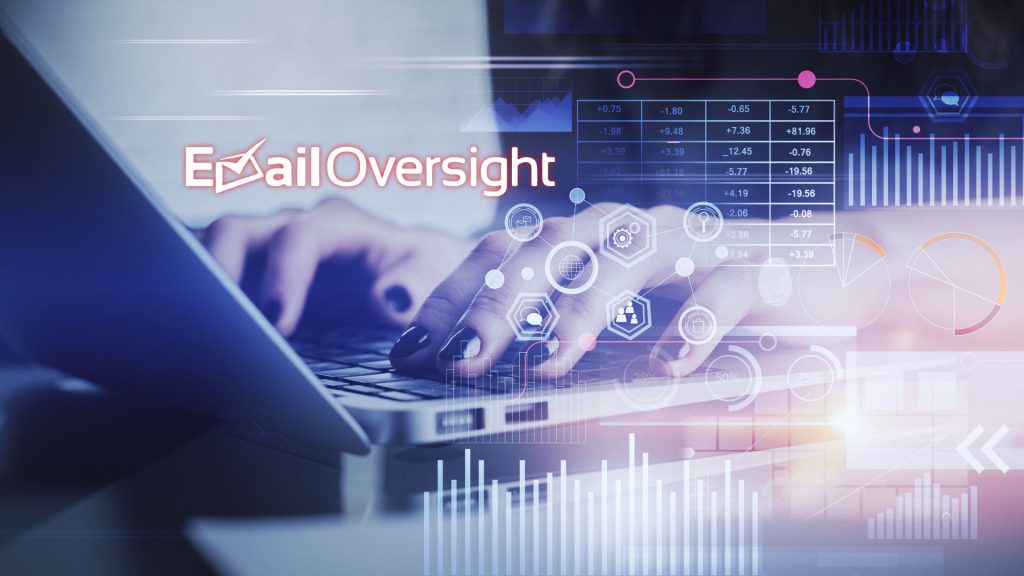
How To Inbox Your Email Sends: What Every Marketer Needs to Know
It wasn’t too long ago when you could simply run your email content through a spam checker, see your score, adjust your copy and send, knowing you’d be in-boxed. But, unfortunately for email marketers, those days are long gone. Today, it takes much more detail and knowledge to inbox your email sends. But even though it takes more insight to get your emails in-boxed, it’s really not that hard once you understand exactly what to do.
EmailOversight has all the tools you’ll need to inbox your email sends and get your revenue machine producing at maximum levels.
Now, while spammy subject lines and content will still get your emails tossed into junk, or held in digital limbo, email service providers (ESP’s) and internet service providers (ISP’s) now use algorithms to determine how “useful” your content and marketing materials are to subscribers. Even though your list may be full of YOUR subscribers, ESP’s and ISP’s technically own their addresses, and can either approve or deny delivery.
ESP’s and ISP’s now measure every single email that marketers send to their lists, and they measure how your subscribers respond. Are they opening? Are they deleting? Are they hitting the spam button?
There are seven initial signals that ESP’s and ISP’s use to determine whether your email sends will be in-boxed, or not. And they’re based on past performance of your sends.
1) Opens: If subscribers regularly open your emails, it’s a good sign that your campaigns are useful to your subscribers. Good open rates mean higher delivery to inboxes.
2) Move to junk or hit spam button: If subscribers have been moving your emails into junk, or hitting spam, it’s a sign to the ESP’s and ISP’s that your messages are not useful. These actions taken by subscribers will lower your delivery rates, sometime substantially.
3) Move to folder or mark as important: when a subscriber moves your emails to a folder or mark as important it’s a signal that your email is valued. Emails valued by users get in-boxed.
4) Delete without Opening: It’s a negative signal to the algorithms when your subscribers delete your emails without ever opening. A high rate of delete’s without opens will ensure your messages eventually end up in junk.
5) Reply to your send: It’s always a good sign when subscribers reply to your emails (unless is a removal from list request). It means they engage deeper than a simple open. When subscribers hit reply, the ESP and ISP algorithms see it as a very positive indicator of the quality of your content.
6) Added to address book, or whitelisted: ESPs and ISPs love to see subscribers add your sender address to their address book, or whitelist. They see this action as a signal that subs want to make sure they get your messages in their inbox.
7) Move from junk: When subscribers find your messages in their junk folder and move to the inbox it’s a very strong signal that they want to see your messages. While ending up in junk in the first place is an issue, “move to inbox” actions greatly help for future sends.
These 7 signals affect your reputation with the ESPs and ISPs. Even if a small group of subscribers regularly opens and engages with your emails and the bulk of your list fails the 7 signals, you’ll find all of you most, if not all, your sends ending up in junk or limbo.
Here’s how to inbox your email sends in 3 simple steps
1) Segment your lists into groups. At the very least, segment into regular opens and those who do not open. Send regularly to the “opens” and build a reengagement campaign to get the irregular, or non-openers, back on board. If they never open, stop sending. This will quickly increase your open rates and push the algorithms to accept your messages as in-boxable.
2) Be sure your content and subject lines are fun, useful and engaging with your subscribers. The higher the engagement rate on your emails sends, the better chance you have of getting in-boxed. Of course, avoid spammy subject lines and content.
3) Hygiene and Verification is King: Even if you segment you subscribers and have killer subject lines and content, you may still find your emails ending up in junk folders. Hygiene and Verification of your list are the single most important factor when it comes to getting your emails in-boxed.
Your email lists likely contain malicious email addresses that are the primary cause of poor delivery rates. And most of these addresses are invisible to the naked eye. From spam traps and bots to invalid addresses (hard bounces) and known complainers, your campaign efforts suffer from these bad addresses. They cause your messages to end up in junk, sometimes never to be seen by your good subscribers.
The good news is you can easily remove all of them. And, with the EmailOversight Validation API you can eliminate them at the harvesting stage, before they enter your list and ruin your efforts.
With EmailOversight, you can inbox your email sends at a rate you may have never thought possible. Our best-in-class technology can turn almost any email list into a rock-solid revenue producer. Discover how you can increase your ROI with EmailOversight.
